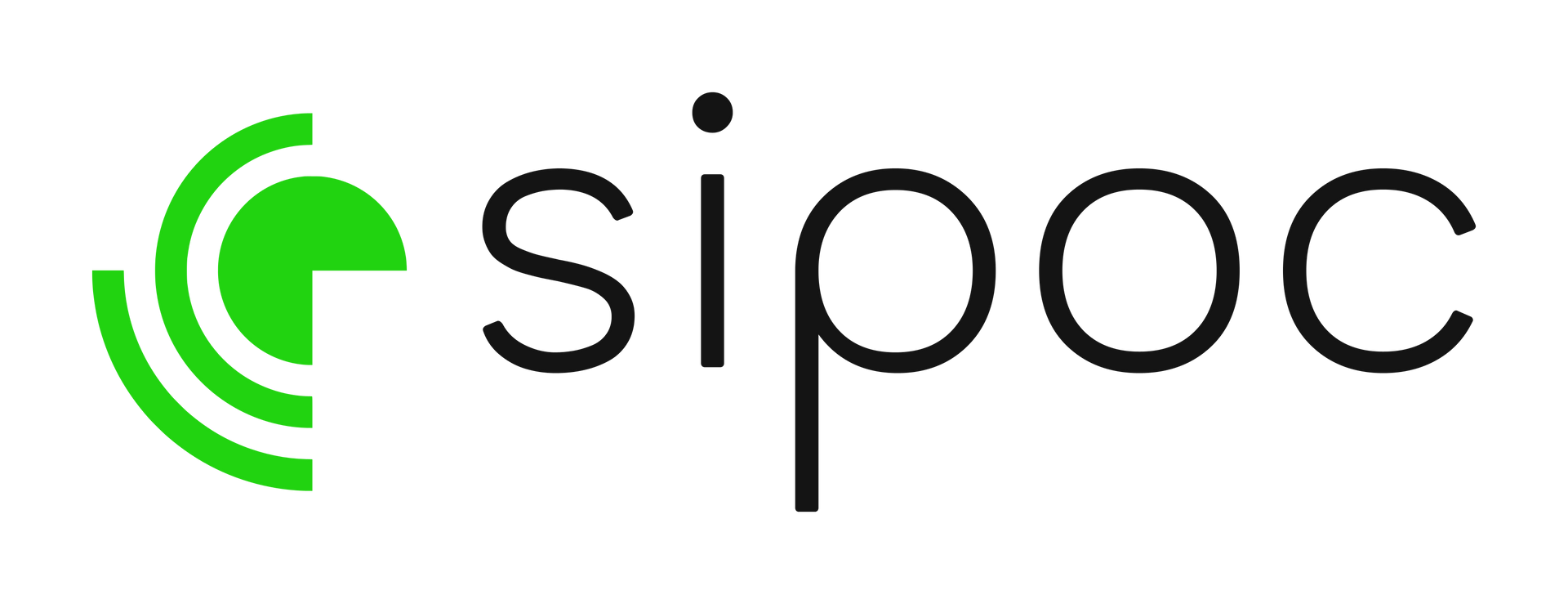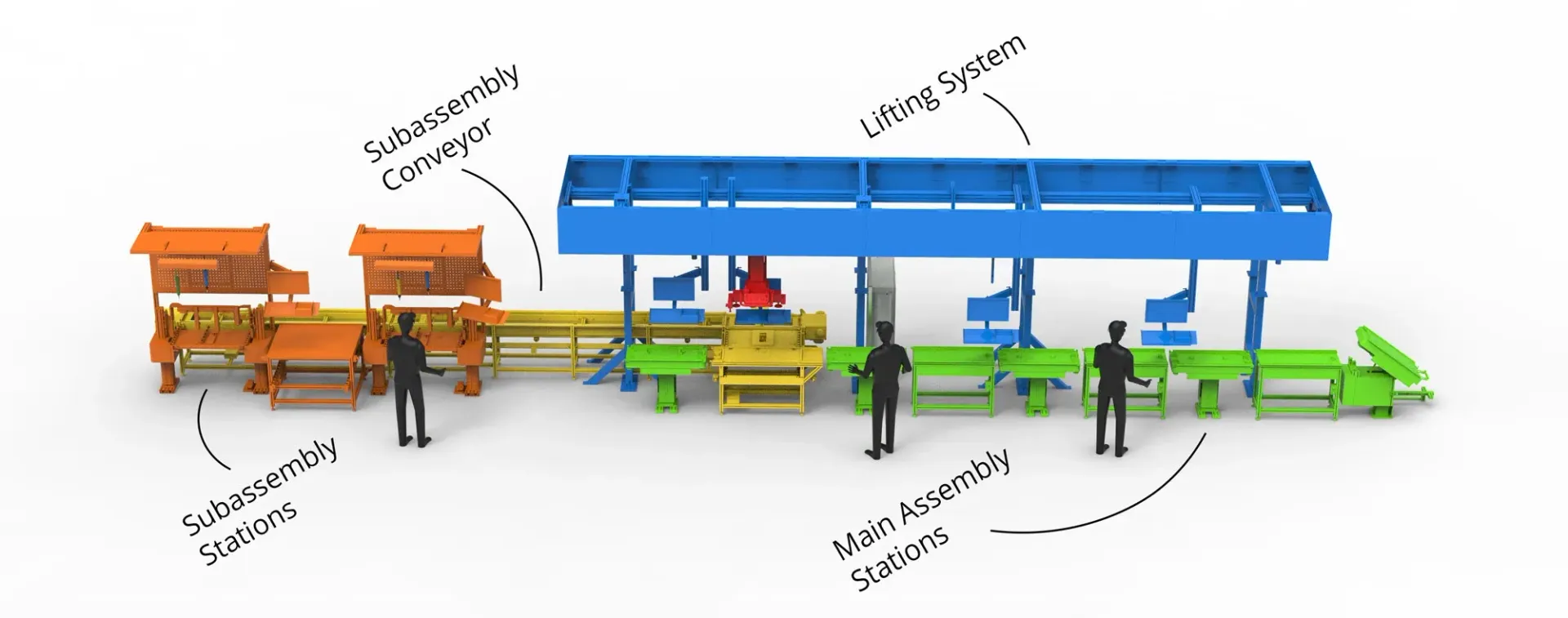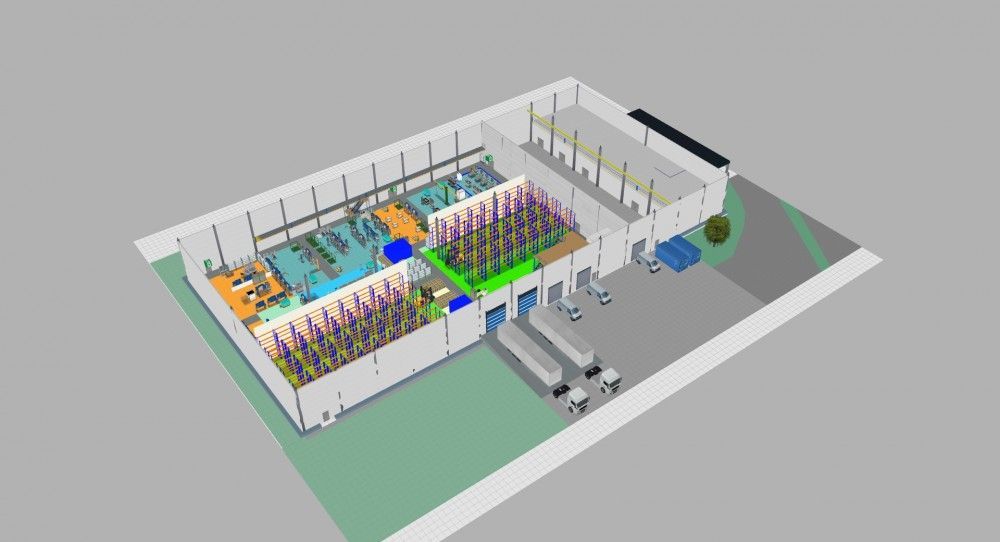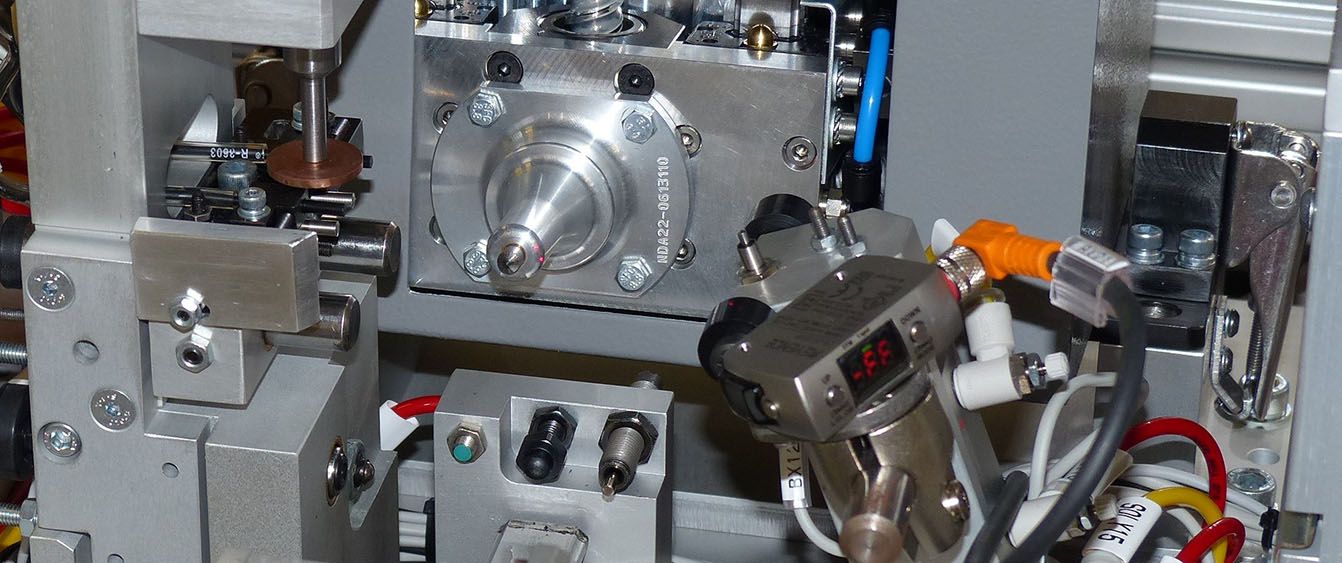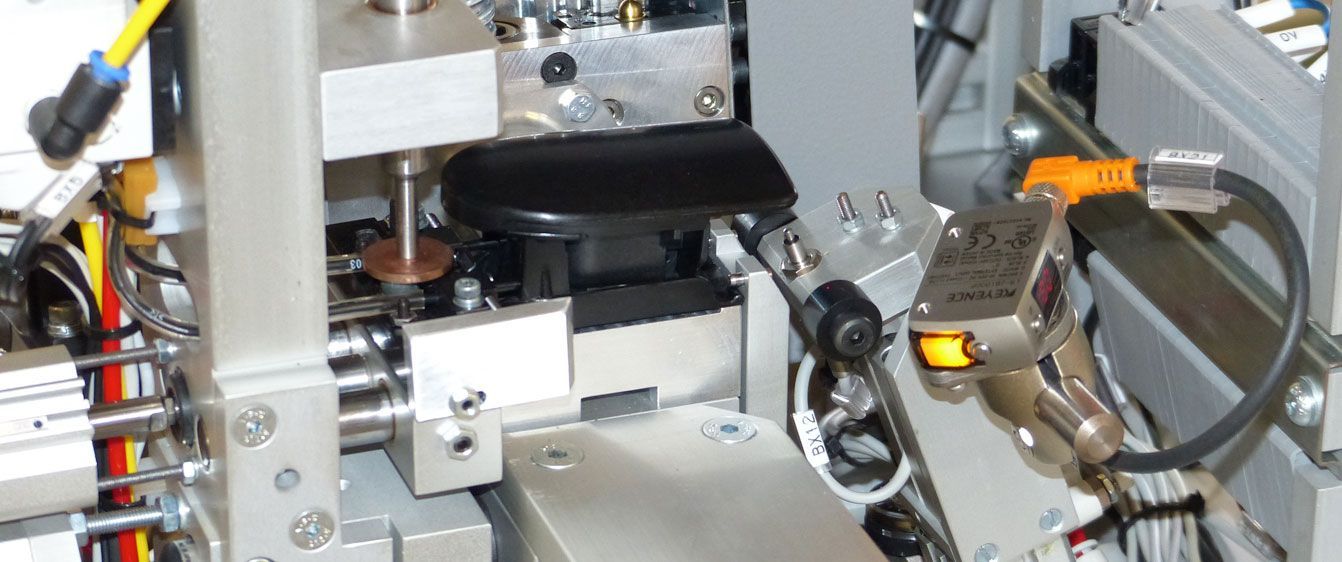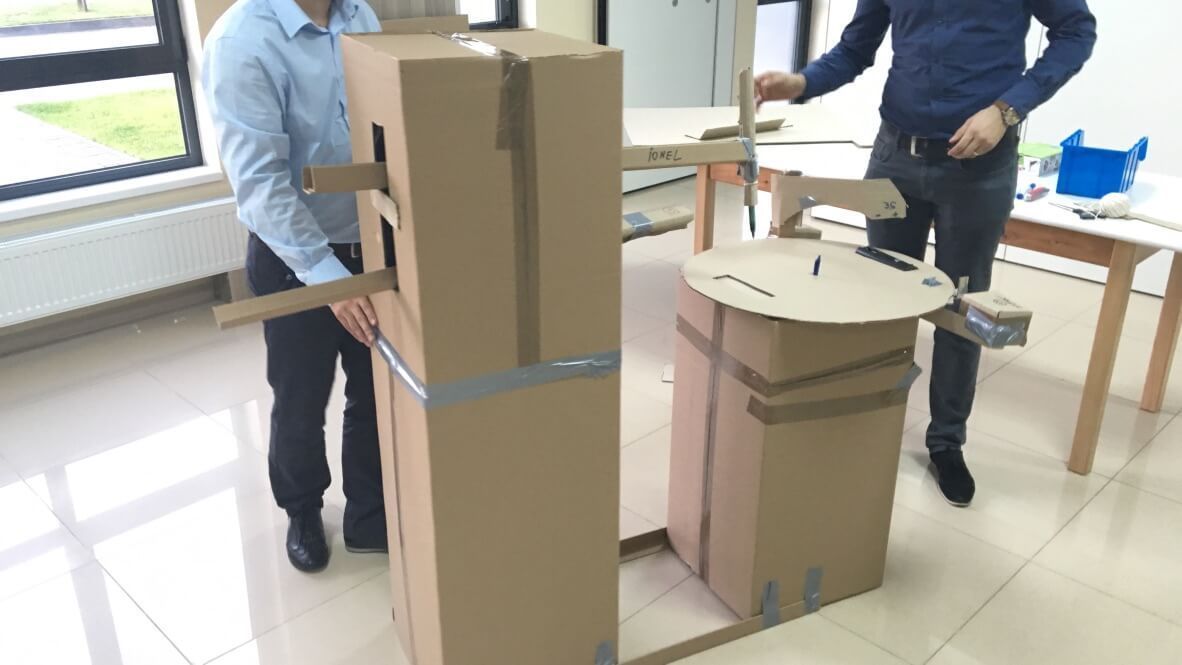PRODUCTION & ENGINEERING
PROGRAMS and SERVICES
-
Integrator production solutions
Integrator production solutions refer to our services specialized in integrating and optimizing various production systems, technologies, and processes to create a cohesive and efficient manufacturing process. This can include:
Equipment integration: Integrating various types of equipment, such as conveyor systems, robotic arms, and packaging machines, into a cohesive production system.
Process optimization: Analyzing and optimizing production processes to reduce waste, increase efficiency, and improve product quality.
System automation: Automating various processes, such as quality control inspections and material handling, to reduce human error and improve efficiency.
Supply chain management: Managing the entire supply chain, from raw material procurement to finished product delivery, to ensure a smooth and efficient production process.
Customized solutions: Providing customized solutions based on the unique needs of each client, including tailored equipment and processes.
Integrator production solutions can be invaluable to businesses looking to optimize their production processes and improve efficiency, especially in industries such as manufacturing, logistics, and warehousing.
-
Project feasibility studies
Project feasibility studies are comprehensive assessments that are conducted to determine whether a proposed project or idea is viable and worth pursuing. They are typically conducted at the early stages of a project to help stakeholders make informed decisions about whether to proceed with the project or not.
During a feasibility study, various aspects of the project are analyzed, including:
Technical feasibility: An assessment of whether the proposed project is technically feasible, given the available technology and resources.
Financial feasibility: An analysis of the potential costs and revenues associated with the project, including an evaluation of the project's return on investment (ROI) and payback period.
Market feasibility: An evaluation of the potential demand for the product or service being proposed, as well as an assessment of the competition and market trends.
Operational feasibility: An assessment of the project's operational requirements, including staffing needs, training requirements, and other resources needed to carry out the project.
Legal and regulatory feasibility: An analysis of the legal and regulatory environment, including any permits or approvals that may be required to carry out the project.
Overall, a project feasibility study provides a detailed analysis of the proposed project, helping stakeholders determine whether the project is likely to be successful and worth pursuing.
-
Design and conceptual projects
Design and conceptual projects involve the creation of new products or systems, from initial concept to final design. These projects typically involve several stages, including:
Conceptualization: In this stage, ideas for the new product or system are brainstormed and refined. The goal is to come up with a clear and feasible concept for the project.
Research and analysis: In this stage, market research is conducted to evaluate the potential demand for the product, as well as to identify any potential competition. Technical research may also be conducted to determine the feasibility of the project.
Design development: In this stage, a detailed design is developed for the product or system. This may involve creating technical drawings, 3D models, or even physical prototypes.
Testing and validation: In this stage, the product or system is tested to ensure that it meets the necessary specifications and requirements. This may involve testing the product under various conditions, as well as conducting user testing to evaluate the user experience.
Production and launch: In this stage, the product or system is manufactured at scale and launched into the market. This may involve coordinating with manufacturers, distributors, and other stakeholders to ensure a successful launch.
Overall, design and conceptual projects involve a complex and iterative process that requires a range of skills and expertise. From initial concept to final launch, careful planning, research, and execution are essential to the success of the project.
-
Design of production lines and production flow
The design of production lines and production flow involves the planning and layout of a manufacturing facility to optimize the flow of materials, products, and information through the production process.
This process typically involves several steps, including:
Analysis of production requirements: In this step, the production requirements of the facility are analyzed to determine the necessary production capacity and throughput.
Layout design: Based on the production requirements, the layout of the facility is designed to ensure that materials, products, and information flow efficiently through the production process. This may involve the design of specific production lines, as well as the location of equipment and workstations.
Equipment selection: The equipment needed for the production process is selected, taking into account factors such as production capacity, reliability, and cost.
Material handling: The handling of materials is designed to ensure that they move efficiently through the production process. This may involve the use of conveyors, automated guided vehicles (AGVs), or other material handling systems.
Quality control: The design of the production process includes the implementation of quality control measures to ensure that the final product meets the necessary quality standards.
Overall, the design of production lines and production flow is critical to ensuring efficient and cost-effective manufacturing operations. By optimizing the flow of materials, products, and information through the production process, manufacturers can improve their production capacity, reduce waste, and deliver high-quality products to customers.
-
Custom made production
Custom made production refers to the manufacturing of products or components that are designed and produced to meet the unique specifications and requirements of a customer. This may involve the creation of a completely new product from scratch or the customization of an existing product to meet specific customer needs.
Custom made production typically involves close collaboration between the customer and the manufacturer to ensure that the final product meets the customer's exact specifications and requirements. The process may involve several steps, including:
Design and engineering: In this step, the customer's requirements are translated into detailed specifications and design requirements. This may involve the use of Computer-Aided Design (CAD) software and other engineering tools to create 3D models and detailed technical drawings.
Prototyping and testing: Once the design has been finalized, a prototype of the product is created and tested to ensure that it meets the necessary specifications and requirements. This may involve multiple iterations of prototyping and testing to refine the design.
Manufacturing: Once the design and prototype have been approved, the product is manufactured at scale. This may involve the use of specialized equipment and processes to produce the product to the required specifications.
Quality control: Throughout the manufacturing process, strict quality control measures are implemented to ensure that the final product meets the necessary quality standards.
Overall, custom made production allows customers to obtain products that are tailored to their specific needs and requirements. By working closely with a manufacturer, customers can ensure that the final product meets their exact specifications, leading to improved performance and increased customer satisfaction.
-
Engineering studies and calculations
Engineering studies and calculations involve the use of mathematical and scientific principles to analyze and solve complex engineering problems. These studies and calculations may be used to design new products, improve existing designs, or optimize manufacturing processes.
Engineering studies and calculations typically involve the following steps:
Problem definition: In this step, the engineering problem is clearly defined, and the necessary requirements and constraints are established.
Data collection: Relevant data is collected from a variety of sources, including experiments, simulations, and research literature.
Analysis and modeling: Using the collected data, mathematical models and simulations are developed to analyze the engineering problem and evaluate potential solutions. This may involve the use of computer-aided design (CAD) software, finite element analysis (FEA), or computational fluid dynamics (CFD) software, among other tools.
Design optimization: Based on the results of the analysis and modeling, the design is optimized to improve performance, efficiency, or other relevant criteria.
Validation and testing: The optimized design is validated and tested through experiments, simulations, or field testing to ensure that it meets the necessary requirements and performs as expected.
Overall, engineering studies and calculations are essential to the design and development of new products and the optimization of manufacturing processes. By applying scientific principles and advanced engineering tools, engineers can develop innovative solutions to complex problems and improve the performance and efficiency of their products and processes.


